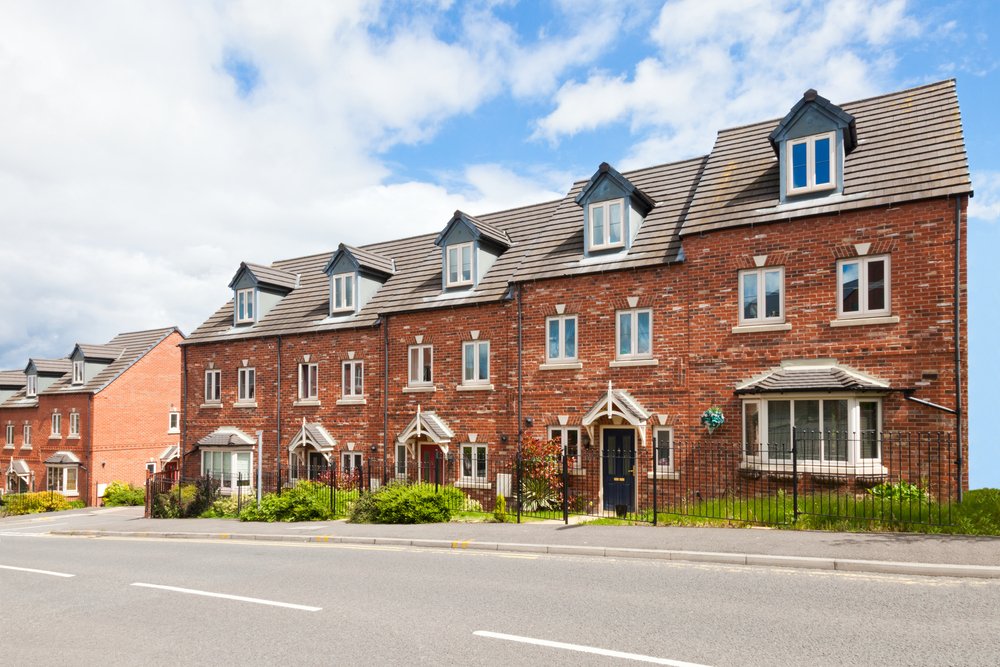Average house prices crept up slightly in March, according to Halifax, and prices went up in all regions, though annual growth is expected to slow.
Good news for homeowners – the housing market is proving to be resilient, with property prices rising by 0.8% in March according to Halifax’s latest House Price Index, published on 6 April.
According to the lender, although the typical house price is still 2% below the peak reached last August, house prices have risen by +1.6% on an annual basis, which is a little lower than February’s +2.1%. However, it’s still much better than the weakest rate of annual growth in nearly three-and-a-half years, which was seen in October 2019.
Prices rising
Kim Kinnaird, Director, Halifax Mortgages says: ‘The UK housing market continues to show resilience following the sharp downturn at the end of 2022, with average property prices rising again in March. The typical house price is now £287,880, around 2% below the peak reached last August.’
The mini-budget unveiled last September by the former Chancellor caused instability in the financial markets, which resulted in interest rates rising sharply in the last quarter of 2022. However, it seems that the market has largely recovered from this significant setback.
Kinnaird adds: ‘The sudden spike in borrowing costs that we saw has now been largely reversed, and while rates remain much higher than the average of the last decade, across the industry, a typical five-year fixed rate deal is down by more than 100 basis points over the last few months.’
House price inflation
Even though most areas saw a rise, the annual rate of house price inflation actually slowed down, with only Greater London and the North East experiencing a faster pace.
Northern Ireland saw an impressive 4.9% increase, making the average house price £186,459. Following closely behind is the West Midlands, with a 3.8% rise and an average property price of £248,308.
Anticipating the future of the housing market is a challenge. Rising living costs have put an immense strain on personal finances. However, there’s a glimmer of hope as energy prices may drop – along with inflation – which should give households some breathing space.
‘It’s important to recognise that the labour market, a key indicator for house prices, remains strong, along with unemployment at a historical low of 3.7%, and pay growth continues to look robust,’ adds Kinnaird. ‘Predicting exactly where house prices may go is more difficult. While the increased cost of living continues to put significant pressure on personal finances, the likely drop in energy prices and inflation more generally in the coming months should offer a little more headroom in household budgets.’

